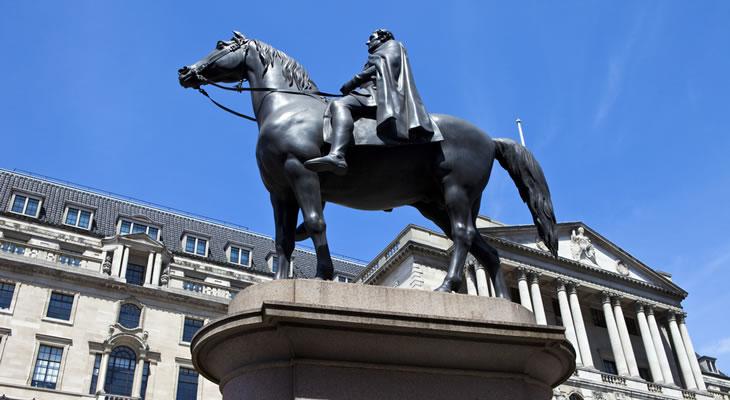GBP/EUR Exchange Rate Muted Ahead of BoE Decision
The Pound Euro (GBP/EUR) exchange rate is currently stuck in a narrow range this morning as markets brace for the Bank of England’s (BoE) latest rate decision.
At the time of writing the GBP/EUR exchange rate is currently trading at around €1.0963, virtually unchanged from this morning’s opening rate.
Will a Dovish BoE Drive Fresh Losses in the Pound (GBP)?
All eyes are on the Bank of England today as it concludes its August policy meeting, but will we see some dovish forward guidance from the bank prompt a drop in Sterling?
While observers are not expecting any policy changes from the bank this month, the bank is scheduled to publish its latest growth and inflation forecasts.
Given the broad slowdown that has been witnessed in UK economic data over the past few months, the BoE is expected to downgrade its growth forecast for 2019, with a drop from 1.5% to 1.3% appearing likely.
Also in focus will be the BoE’s response to recent Brexit developments.
Previously the Bank had based its forecasts on the assumption of an ‘orderly’ exit from the EU with a deal.
Obviously since then the risks of a no-deal Brexit have significantly risen under Boris Johnson’s new government. This is likely to result in a more dovish outlook from the BoE, and could drive fresh losses in GBP/EUR if the bank signals that it will ease its monetary policy in response to such an outcome.
GBP/EUR Exchange Rate Subdued on Grim Manufacturing Data
Adding some pressure to the Pound ahead of the BoE’s rate decision this afternoon has also been the publication of the UK’s latest manufacturing PMI.
This revealed that growth in the UK’s factory sector continue to contract through July, as clients continue to sell through their Brexit stockpiles, clipped domestic demand.
Duncan Brock, group director at the Chartered Institute of Procurement & Supply, said:
‘New orders fell as businesses used up stockpiled materials, EU businesses moved supply chains out of the UK and weakness in the global economy stifled demand from both domestic and export markets.’
However the Euro (EUR) struggled to take advantage of the subsequent weakness in Sterling as the single currency wrestled with its own gloomy manufacturing figures, which revealed growth in the Eurozone factory sector struck a six-year low in July.


Comments are closed.